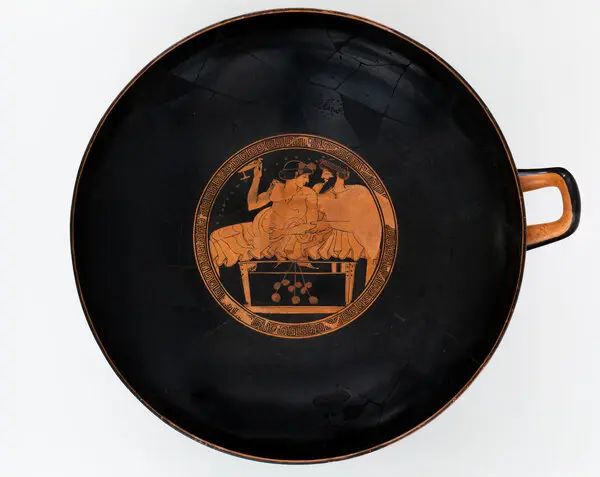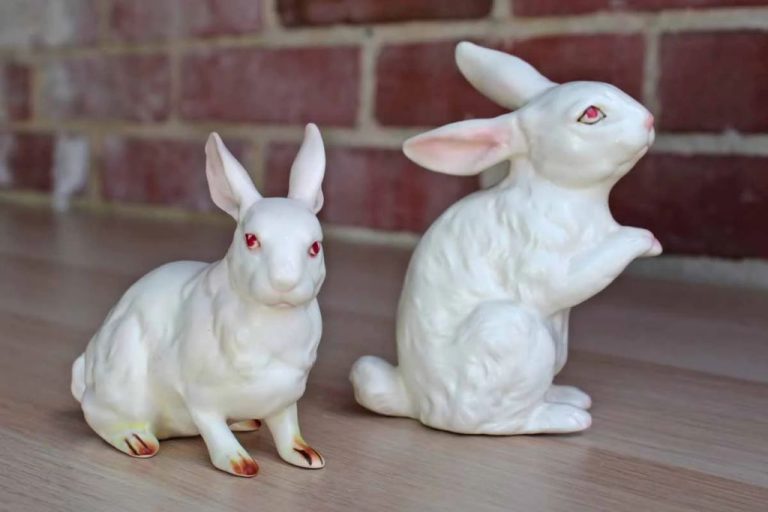What Is The Ancient Name For A Cup?
A cup is a small open container used for drinking liquids. Cups have been an essential vessel for consuming beverages throughout history in cultures all around the world. The word “cup” comes from the Old English “cuppe” which traces back to the Late Latin “cuppa” meaning “barrel” or “cask.” Cups have served an important role across ancient civilizations, evolving in their material and design along with developments in pottery and metallurgy. The purpose of this article is to explore the various names used for cups in different ancient cultures and societies.
Ancient Egypt
In Ancient Egypt, one of the most common names for a cup was “netjeru” which translates to “godly”. Cups played an important role in Egyptian culture and were made from materials like clay, stone, and gold. According to the hieroglyphic dictionary site KidsAncientEgypt.com, the hieroglyph for the letter “C” was a picture of a cup, pronounced “K” as in coffee.
Egyptian cups came in various shapes and sizes depending on their purpose, from simple flattened hemispheres to more elaborate designs. Wealthy Egyptians sometimes had cups made of precious materials like faience, alabaster, or semiprecious stones. The cups used in temples and tombs were often decorated with religious symbols or the names of gods and pharaohs.
One of the most common cup shapes was the ribbed cup, featuring vertical ribs around the outside for grip. Another was the lotus cup modeled after the lotus flower. The ancient Egyptians drank from cups made of stone, pottery, wood, and horn. Cups played an important role in offerings left in tombs and temples.
Ancient Greece
In Ancient Greece, cups were commonly referred to as kylix (Ancient Greek: κύλιξ). The word kylix means “cup” and refers to a type of shallow two-handled drinking vessel used for drinking wine [1]. Kylikes were shallow broad-bowled vessels that were held in the hand [2].

Kylikes came in many different varieties and were often decorated with intricate designs and scenes. One type was the Rhyton, which was shaped like an animal head or horn and used for drinking during special ceremonies [2].
Ancient Rome
In Ancient Rome, the most common name for a cup was “poculum”. Cups and drinking vessels were made from materials like glass, silver, and pottery.
According to research, the Latin word for cup was “poculum”, which was a general term referring to a drinking vessel or goblet. Other Latin terms used were “calix” and “scyphus”.
The ancient Romans were prolific glassmakers and cups made of glass, as well as precious metals like silver, were common. Pottery vessels were also used extensively. Wealthy Romans often had elaborate and decorative cups made of gold and silver.
Citations:
https://www.wordhippo.com/what-is/the/latin-word-for-ad00c690d667f9dc6834a33aa36f56e2d3df78d9.html
https://www.dinordbok.no/en/english-latin/?q=cup
Ancient China
In Ancient China, the most common name for a cup was “bei” (杯). Bei cups were made from materials like bronze, ceramic, and jade.
According to the Hantrainerpro Chinese-English dictionary, the Chinese character bei (杯) translates to “cup” in English.[1] The Chinese pronunciation is “bēi”.
Chinese cups were an important part of ancient Chinese culture. Cups made of bronze and ceramics have been found in archaeological sites dating back thousands of years. Jade cups were precious items owned by the wealthy. The Chinese character bei is still used today to refer to cups in modern Chinese.
Ancient India
In ancient India, one common name for a cup was “chamasa” in Sanskrit. Chamasa referred to a pot or vessel used for drinking liquids. Different materials were used to make cups in ancient India including terracotta, copper, and brass.
According to Wisdom Library, chamasa is defined as “a drinking vessel, goblet, cup.” It comes from the Sanskrit root word “cam” meaning “to drink.”
Terracotta was a popular material for cups and other vessels in ancient India. The iron rich alluvial clay along the Ganges river provided high quality terracotta. Simple terracotta cups were used for drinking water while more decorative ones were used in rituals and ceremonies.
Cups made from metals like copper and brass were also common, especially among royalty and the wealthy. The bronze age saw increased use of copper and later brass for cups and other utensils. Some had intricate engravings and designs.
Ancient Mesopotamia
In ancient Mesopotamia, the word for cup was “sikkatu”. Cups were made from materials like clay or stone. According to research, ancient ceramic cups from Mesopotamia provide the oldest direct evidence of beer brewing, dating back to around 3400–3000 BCE. The ancient Mesopotamians used cups and other vessels for drinking beer as part of their culture and religious rituals.
Mesopotamian cups came in various shapes, sizes, and decorative styles. Common shapes included conical, cylindrical, and footed cups. Cups were sometimes painted or inscribed. The clay cups were formed with pottery wheels and fired in kilns. Stone cups were carved from materials like alabaster, serpentine, and marble.
Units of measurement in ancient Mesopotamia were standardized based on a royal “gur-cube”. This allowed mass-produced cups and other vessels to hold fixed amounts of liquid according to the measuring system. The cup was an essential part of daily life and special occasions in ancient Mesopotamian civilization.
For more details, see: Ancient Ceramic Cups Reveal Oldest Direct Evidence of Beer in Mesopotamia
Ancient Persia
In Ancient Persia, cups were called “piyaleh” and were intricately decorated works of art made from glass or metalwork. According to sources, piyaleh cups often had deep symbolic and spiritual meaning, and were thought to have mystical powers. The most famous piyaleh cup was the Cup of Jamshid, a cup of divination that was possessed by ancient Persian rulers.
Piyaleh cups came in many shapes and sizes, ranging from small delicate glasses for drinking wine or tea, to large ornamental vessels used for celebrations and ceremonies. The decoration on piyaleh cups included colorful enameling, gilt work, and embedded jewels. Metals used included gold, silver and bronze.
The piyaleh cup has origins dating back to the Achaemenid Empire around 550 BCE. Examples of ancient piyaleh cups can be seen today in museums around the world, showcasing the skilled artistry of ancient Persian metal workers and glass blowers.
Sources:
https://en.wikipedia.org/wiki/Cup_of_Jamshid
https://languagedrops.com/word/en/english/persian/translate/cup/
Ancient World Summary
Cups and drinking vessels were an important part of culture and daily life in ancient civilizations around the world. Each civilization had its own preferred materials and names for cups.
In Ancient Egypt, cups were often made of materials like clay, stone, and bronze. Common cup shapes included tall beakers and wide, shallow saucers. The ancient Egyptian word for cup was “irt”.
In Ancient Greece, common cup materials were ceramic, metal, and glass. Cups with stems and footed bases were popular, such as the kylix (meaning “goblet”). Other Greek cup names included kantharos, skyphos, and kothon.
Ancient Rome had a variety of cup types and names including calix, poculum, cyathus, and the infamously greedy scyphus or pythagorean cup. Materials ranged from metal to glass to ceramic.
In Ancient China, porcelain was invented during the Tang dynasty. Porcelain cups such as the gu were highly prized. Lacquered wood and bronze were other common Chinese cup materials.
Cups in Ancient India spanned from simple earthen cups to ornate metal vessels. Distinct Indian cup shapes included the handle-less kamandalu and the ceremonial panchamrit kalash.
Mesopotamian cups were often crafted from precious materials like gold, silver, and semi-precious stones. Common shapes were a cylindrical goblet and a stemmed chalice. The ancient Sumerian word for cup was “ninda”.
In Ancient Persia, cups made of metalwork and pottery were popular. Elegant shapes included the one-handled jām and the spouted abgooshti. Cups played an important role in Persian culture and hospitality.
Conclusion
In summary, the origins of the word “cup” trace back to the Latin word “cuppa”, which had Proto-Indo-European roots. As outlined in the Ancient World Summary section, cups have played an important role across numerous ancient civilizations and cultures, including Egypt, Greece, Rome, China, India, Mesopotamia, and Persia. Cups were an essential vessel for drinking and social rituals dating back thousands of years. Their prominence across ancient languages and texts underscores their timeless significance. While the materials and designs of cups have evolved over the millennia, they have remained a ubiquitous part of human life.



